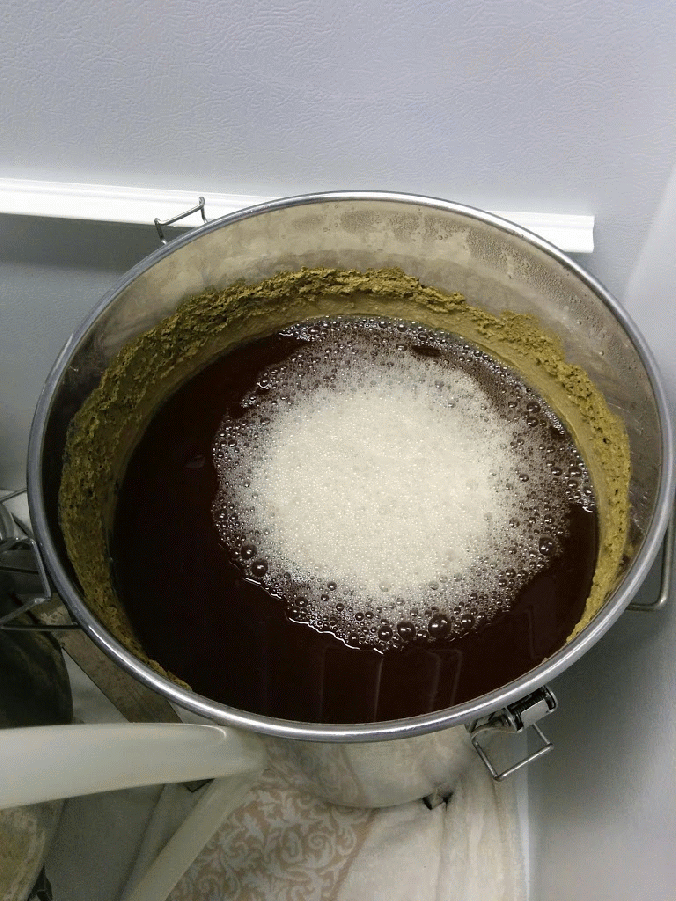A hopback or hop back is a small hop-filled vessel, typically made of copper or stainless steel, that is placed between the brew kettle and wort chiller, or brew kettle and fermentation chamber. It is highly recommended that you place the hopback between the brew kettle and chiller if an external chiller is being used.
If the beer is chilled, then the wort flowing over the hops will be far less effective at extracting the resins and oils from the hops. If the temperature of the wort is under 170° F, the alpha acids will not isomerize, and no bitterness will be imparted on the wort. The aromas extracted from the hops will be diminished as well.
Whole hops are typically recommended or required for using most hopbacks, as pellet hops are more prone to clogging, and a good deal of the particulates from pellet hops will end up in your fermentation vessel. In addition to adding hop flavor and aroma to your wort, a hopback is also a valuable tool to filter the hot break and or cold break from your brew kettle to your fermenter. As the wort passes through the hopback, the hops will work as an organic screen, capturing many of the larger protein and particulate masses that enter it.
Below is the Blichmann Hop Rocket that I use when a hopback is needed for one of my beers.

Home brewing hopback/hop back, Blichmann hop rocket
Like this:
Like Loading...





Recent Comments